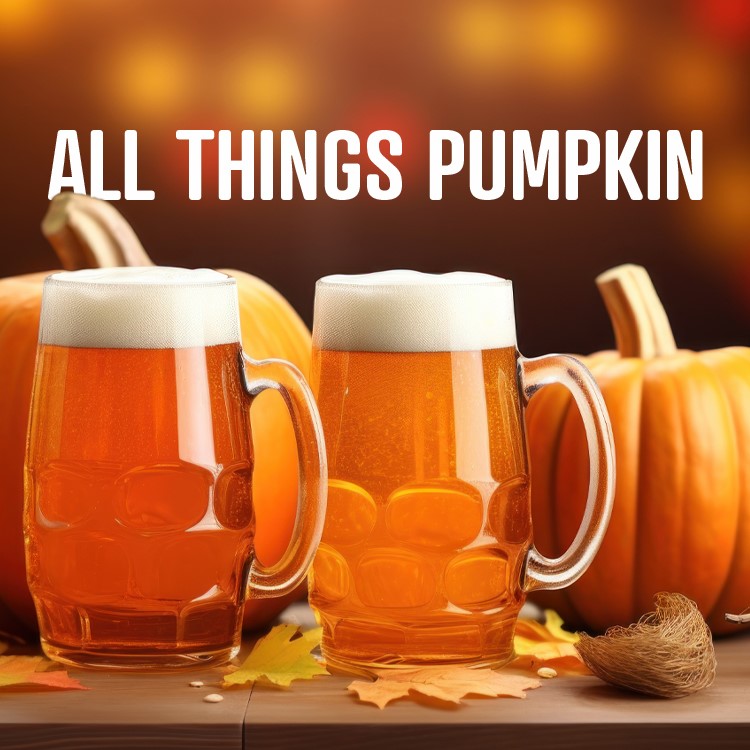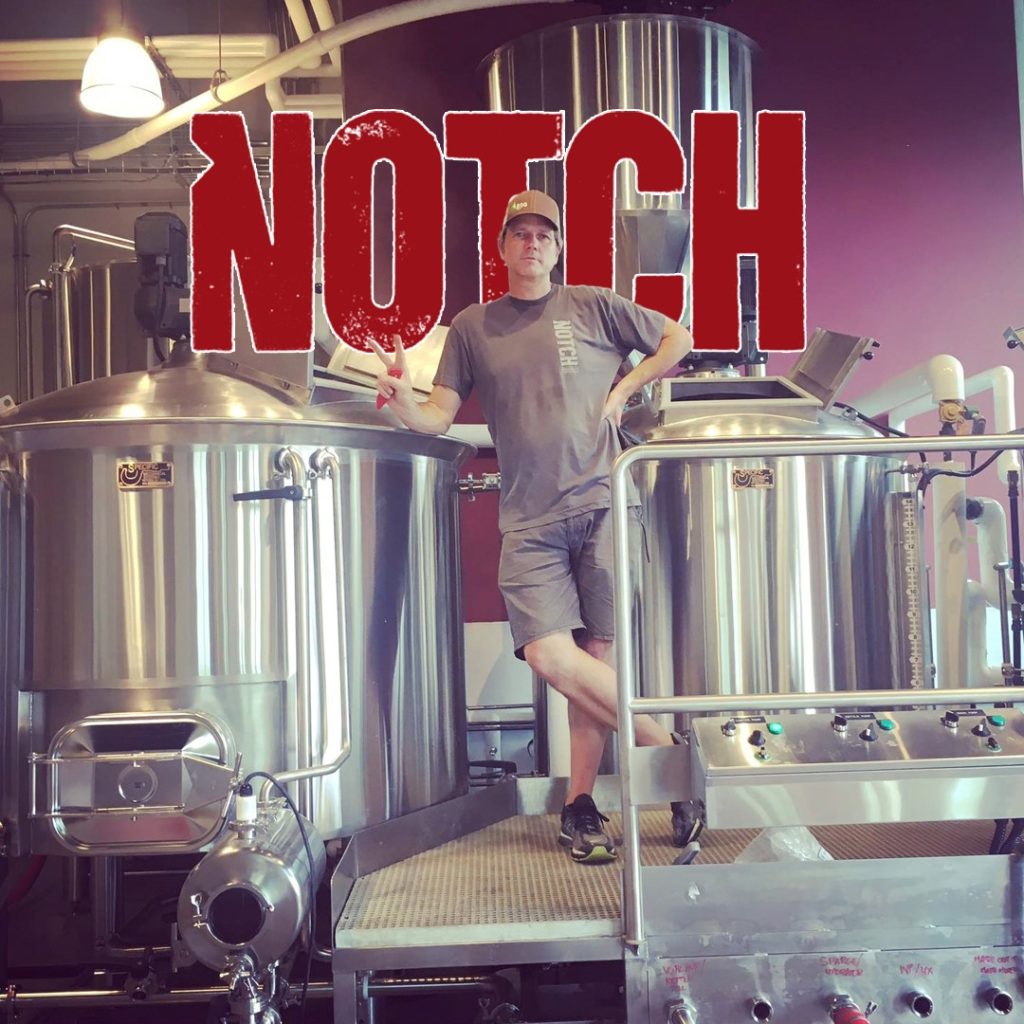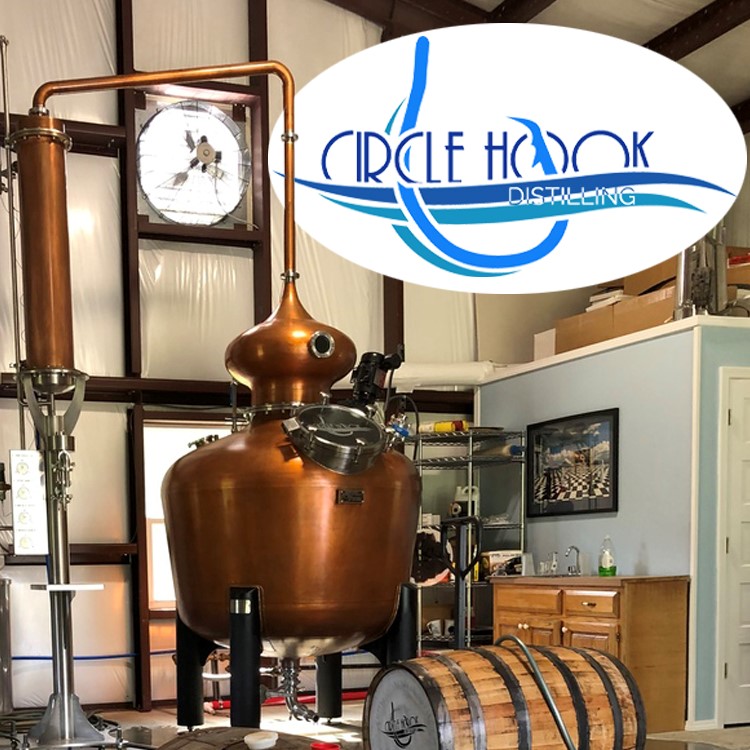Pumpkin spice is particularly appealing during the fall season for several reasons, many of which are tied to sensory memories, cultural associations, and even some psychological factors:
1. Cultural Associations with Fall
Pumpkin spice has become synonymous with autumn in many parts of the world, particularly in North America. The flavour evokes thoughts of cooler weather, changing leaves, and holidays like Halloween and Thanksgiving. These cultural ties make it more likely that people will crave it as the seasons change.
2. Nostalgia and Comfort
Pumpkin spice often triggers feelings of nostalgia because it is associated with family gatherings and comforting fall traditions. Spices like cinnamon, nutmeg, and cloves, which are central to pumpkin spice blends, are often used in baking during the fall. These warm, aromatic flavours are comforting, reminding people of homemade pies, warm drinks, and cozy moments.
3. Warm Spices for Cooler Weather
As the temperature drops, people tend to crave warmer, more comforting flavours. The spices in pumpkin spice blends—such as cinnamon, ginger, and nutmeg—are considered “warming” spices, which can be soothing when the weather gets cooler. They create a sense of warmth and coziness that matches the autumnal atmosphere.
4. Limited-Time Appeal (Scarcity)
Pumpkin spice products are typically only available for a short window each year. This limited-time availability creates a sense of urgency and exclusivity, prompting people to indulge while they can. This marketing strategy amplifies the product’s desirability, making it feel special when it’s offered.
5. Strong Aromatic Qualities
The spices in the blend—cinnamon, cloves, nutmeg, and ginger—are highly aromatic. Scent plays a significant role in flavour perception, and these aromas can trigger positive emotions. In fact, certain spices are even linked to increased relaxation and positive mood.
6. Biological Factors
There’s some evidence that certain spices like cinnamon can trigger mild endorphin release, which can contribute to feelings of pleasure when consuming foods flavoured with pumpkin spice. Additionally, the sugar and fat content in many pumpkin spice products also play into this, as they activate the brain’s reward system.
In summary, pumpkin spice is more than just a flavour; it taps into seasonal emotions, traditions, and a broader cultural phenomenon, making it particularly appealing at this time of year.





